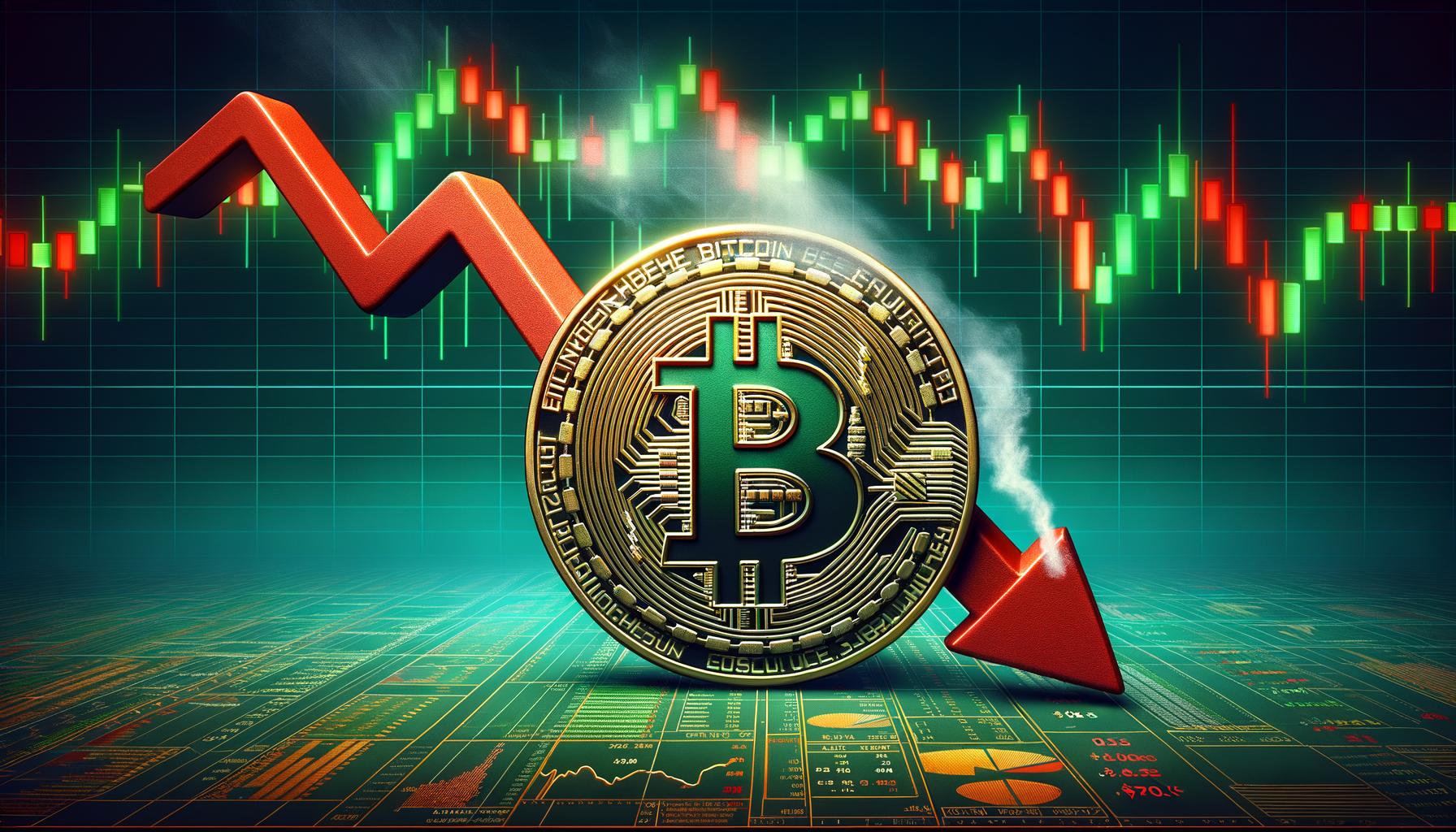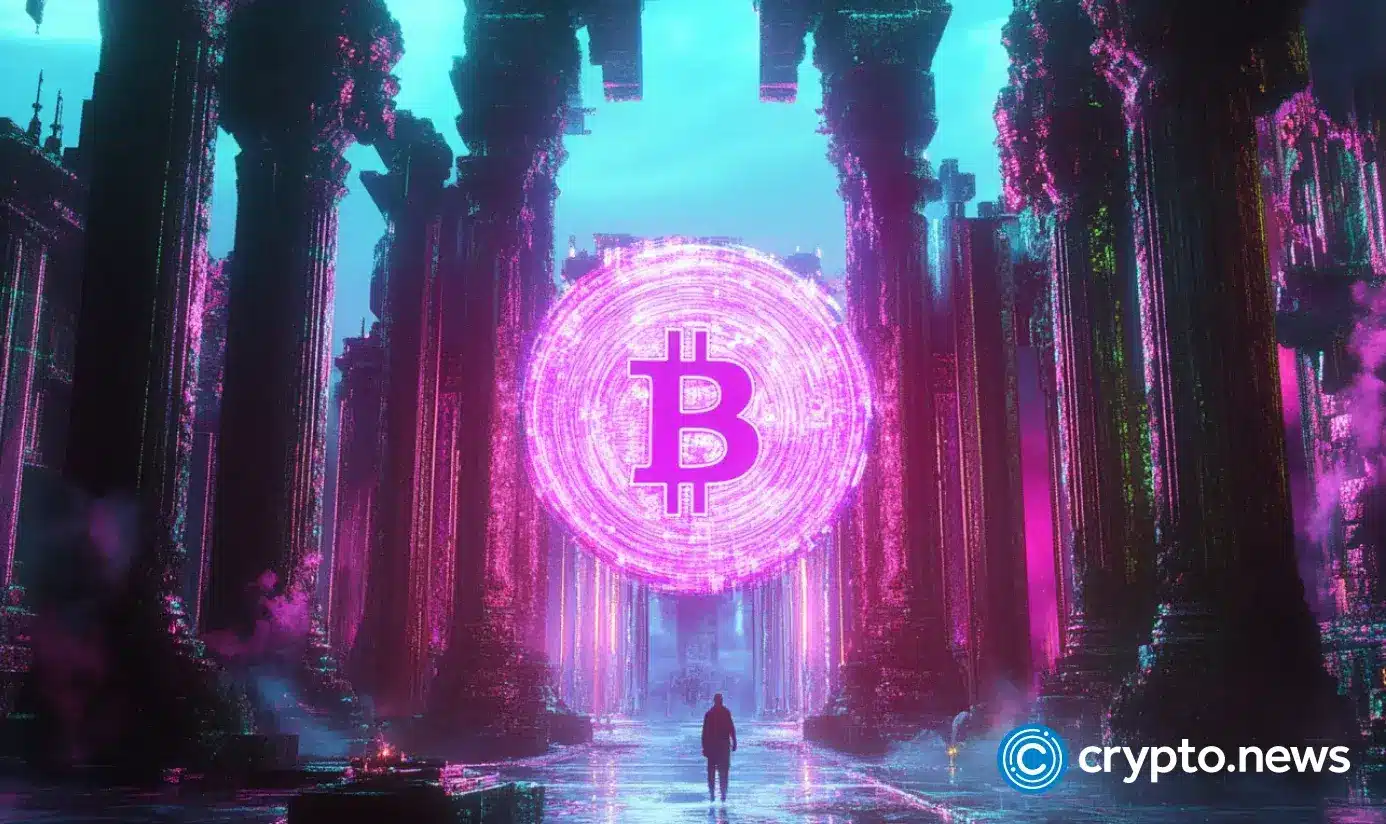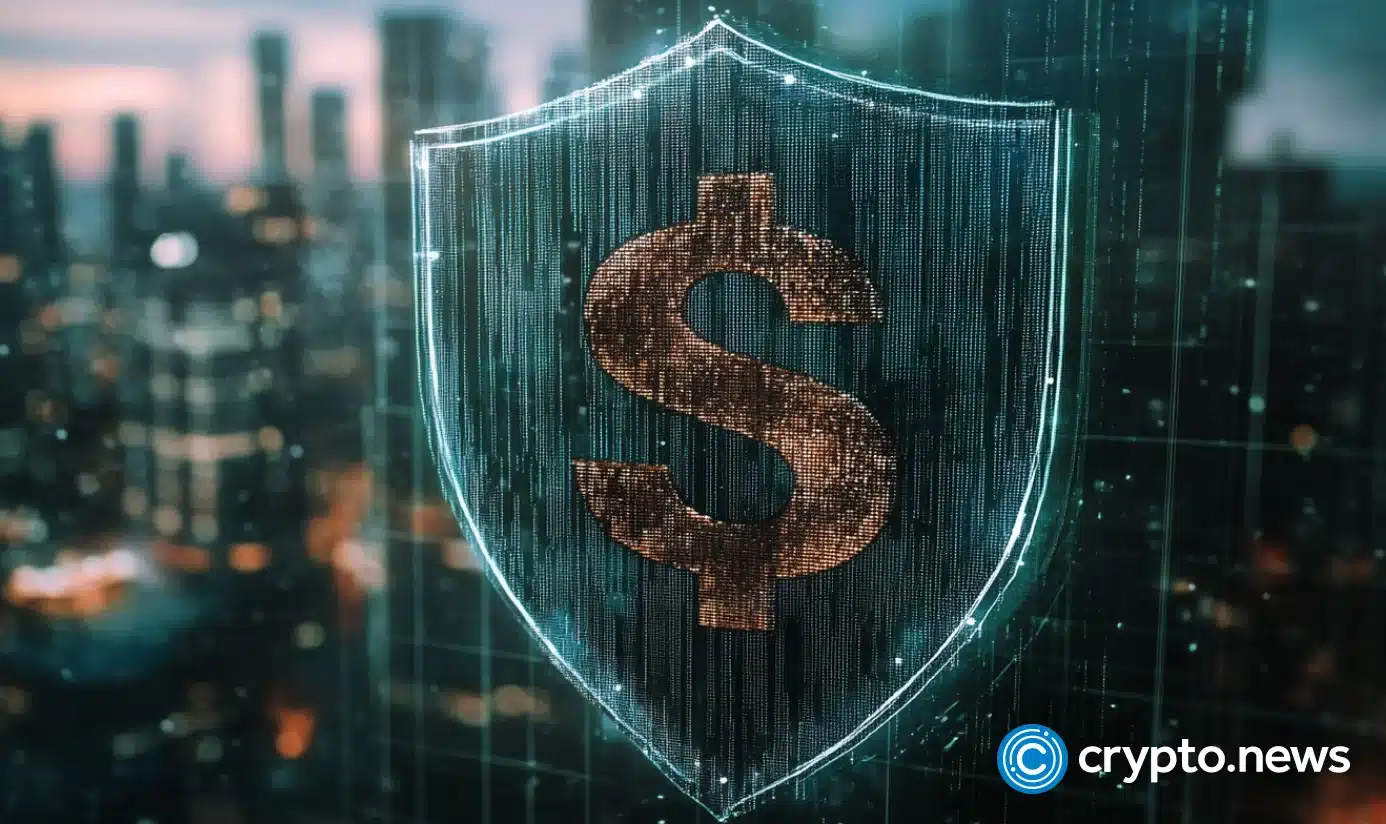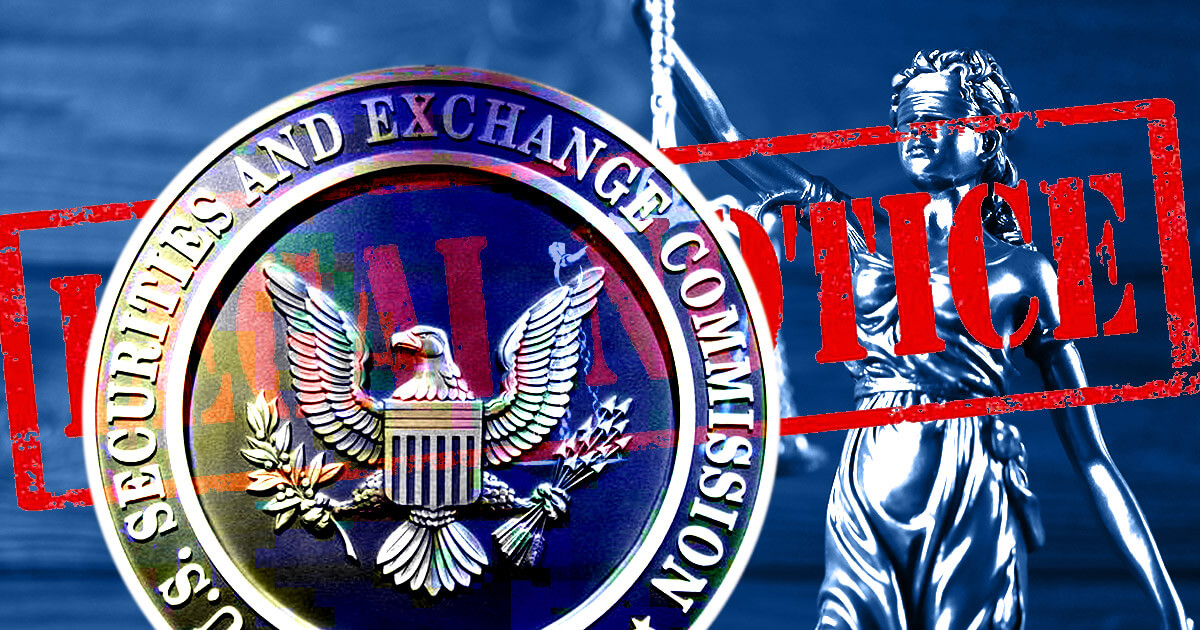Coinbase (NASDAQ: COIN) wants America’s financial regulators to reveal their alleged role in keeping ‘crypto’ down, ignoring the fact that Coinbase might have gone bankrupt had some of the same agencies not ridden to its rescue last year.
On October 18, Coinbase filed Freedom of Information Act (FOIA) requests with the Federal Deposit Insurance Corporation (FDIC), the Board of Governors of the Federal Reserve System, the Treasury Department and the Treasury’s Financial Crimes Enforcement Network (FinCEN) and Officer of the Comptroller of the Currency (OCC).
The filings request/demand copies of “all documents and/or communications” exchanged between members of the above agencies since June 1, 2022 “that refer or relate to the imposition of a formal or informal cap, limit, ceiling, maximum, or other restriction or restraint on deposits from digital asset companies at depository institutions, including but not limited to Signature Bank, Customers Bank, Cross River Bank, Western Alliance Bank, and Silvergate Bank.”
The requests stem from allegations that the FDIC told certain banks to limit their corporate crypto customer deposits to no more than 15% of the banks’ overall deposits. These allegations are part of the wider ‘crypto bro’ conspiracy theory of Operation Choke Point 2.0, in which government and tradfi institutions allegedly conspired to strangle crypto in its crib by restricting its fiat on-/off-ramps.
To date, there’s been no concrete evidence to support this theory, although a group of Masonic sasquatches is currently rummaging through Area 51’s file cabinets in search of incriminating documents (written in the Da Vinci code, natch).
It is true that starting in March 2022, the FDIC sent certain banks’ pause letters’ asking them “to pause, or not expand, planned or ongoing crypto-related activities.” In October 2023, the FDIC’s Office of Inspector General (OIG) issued a report chiding the FDIC for issuing those letters despite failing to establish a timeframe for assessing the risks to these banks of crypto exposure.
But in November 2022, eight months after the FDIC issued those letters, the FTX digital asset exchange imploded and the impact on crypto-friendly banks like Silvergate became all too apparent. That December, Signature Bank CEO Joe DePaolo pledged to reduce his bank’s share of crypto deposits from 23.5% to 15% to reassure investors who were spooked by Silvergate’s post-FTX struggles.
But DePaolo didn’t make those comments to placate regulators. Rather, it was to placate investors who’d been expressing unease at Signature’s crypto reliance since the summer of 2022, when crypto accounted for 27% of Signature’s overall deposits.
FTX’s downfall directly led to Silvergate announcing plans to wind down operations in March 2023, while Signature was taken over by state and federal regulators not long after (while under a federal money laundering probe). Both banks—as well as the others listed in Coinbase’s filings—utilized 24/7 real-time crypto-to-fiat settlement networks that proved enormously popular with crypto operators.
In January 2023, the Federal Reserve, the FDIC and the OCC publicly denied any prohibition on banks dealing with crypto customers, although they did cop to having “significant safety and soundness concerns with business models that are concentrated in crypto-asset-related activities or have concentrated exposures to the crypto-asset sector.” Later that year, the FDIC declared that digital assets “present novel and complex risks that are difficult to fully assess.”
More recently, the Federal Reserve slapped down a crypto-friendly Texas bank due to “significant deficiencies” regarding its “foreign correspondent banking and virtual currency customers.” So forget Operation Choke Point 2.0; this is more like Operation Self-Inflicted Gunshot Wound.
Filing lawsuits as PR
There’s a second Coinbase filing addressing the same agencies that seeks their FOIA logs for the same time period, apparently, so Coinbase can detect whether the agencies are being truthful in their responses. Of course, the real point may have been to leave the general public with the impression that the agencies are being evasive rather than turn up any actual evidence of evasiveness.
Coinbase’s filings were submitted by History Associates Inc, the Maryland-based firm that filed similar requests this summer on Coinbase’s behalf, seeking info from the FDIC and the Securities and Exchange Commission (SEC). Those requests sought documents and communications involving both agencies’ digital asset investigations and enforcement actions (including the SEC’s ongoing suit against Coinbase).
Coinbase’s chief legal officer, Paul Grewal, tweeted that the intention behind the latest filings was to “get any sort of clarity on how regulatory agencies are approaching digital assets.” Ironically, some Coinbase customers replied to Grewal saying they were having an equally tough time getting information from the exchange regarding some of its policies (and perhaps a proper explanation as to why the exchange constantly goes offline during periods of major withdrawals).
Who’s missing?
Tellingly, one crypto-friendly bank that isn’t named in the Coinbase filings was Silicon Valley Bank (SVB), which collapsed in March 2023—the same week as Silvergate—during a run on customer deposits. SVB’s customers included Circle, the issuer of the USDC stablecoin (via a partnership with Coinbase).
SVB’s collapse meant Circle stood to lose $3.3 billion of the fiat reserves backing USDC that Circle unwisely chose to keep in a single SVB account. News of Circle’s dilemma caused USDC to slip its 1:1 peg with the U.S. dollar, briefly falling below 90¢ before Circle and Coinbase temporarily ‘paused’ redemptions.
In the deepest of ironies, Circle/Coinbase’s butts were pulled from the fire by the FDIC, which stepped in to guarantee SVB customer deposits regardless of how much they exceeded the $250,000 limit for FDIC coverage.
The precise parameters of the Coinbase-Circle partnership remain a secret, but the returns are apparently large enough for the partners to occasionally squabble over the size of their respective slices. Recall that at the time of SVB’s collapse in March 2023, Coinbase was about to report its fifth consecutive quarter of significant losses, a streak that would extend to almost two years before profits were sighted (and even those profits were goosed by accounting one-offs).
Given those circumstances, it’s possible that neither Coinbase nor Circle would have survived a combined loss of over $3 billion had the FDIC not ridden to their rescue—a bailout the agency was under no obligation to offer. For Coinbase to bite the hand that fed suggests not only ingratitude but also the fraudulent mask of self-sufficiency that pervades the U.S. tech sector’s more ‘bro-y’ faction.
Remember that these bold innovators, these intrepid risk-takers, these victims of federal oppression whined like babies at the realization that their risk-taking had dug a hole from which they couldn’t escape on their own. Overnight, they went from preaching the mantra that ‘government is the problem’ to ‘save us, oh mighty federals.’ Remember that the next time these coddled crybabies tell you that you’re ‘not gonna make it.’
Bridge to somewhere
In another bit of irony, Coinbase is protesting its alleged lack of financial inclusion just as USDC stands to be among the chief beneficiaries of payment processing firm Stripe’s $1.1 billion acquisition of Bridge, a startup that provides tools to help businesses accept stablecoins as payments as well as create their own tokens.
The deal’s price tag—more than 5x the previous valuation for Bridge, which was launched by a couple of Coinbase alumni only 18 months ago—reflects Stripe CEO Patrick Collison’s view that “stablecoins are room-temperature superconductors for financial services.” The deal marks Stripe’s largest acquisition to date and Collison said Bridge would help Stripe “build the world’s best stablecoin infrastructure.”
In June, Coinbase announced a partnership with Stripe to integrate the latter’s fiat-to-crypto onramp into Coinbase Wallet. Stripe also added support for USDC on Base, Coinbase’s Ethereum layer-2 network.
Earlier this month, Stripe followed through on its April pledge to resume its digital asset support after discontinuing BTC payments on its platform six years ago. Stripe product lead Jeff Weinstein tweeted that “hundreds of thousands” of U.S. businesses could now accept payments in USDC (via Ethereum, Solana or Polygon) and have them automatically converted to U.S. dollars on the merchant end.
USDC is also making regulatory advances in Europe, becoming the first stablecoin to receive approval under the European Union’s new Markets in Crypto Assets (MiCA) regulatory framework. USDC’s primary rival Tether (USDT) is being dumped by Coinbase in Europe because of Tether’s inability/unwillingness to comply with MiCA rules.
You’d almost think that things are going pretty well for Coinbase, but instead, it’s chosen to remain focused on its grievances with the regulators—both at home and abroad—that keep trying to nudge it into compliance. To paraphrase a famous maxim, when your whole career has been focused on flouting the rules, regulation feels like oppression.
Watch: Teranode & the Web3 world with edge-to-edge electronic value system

















 English (US) ·
English (US) ·